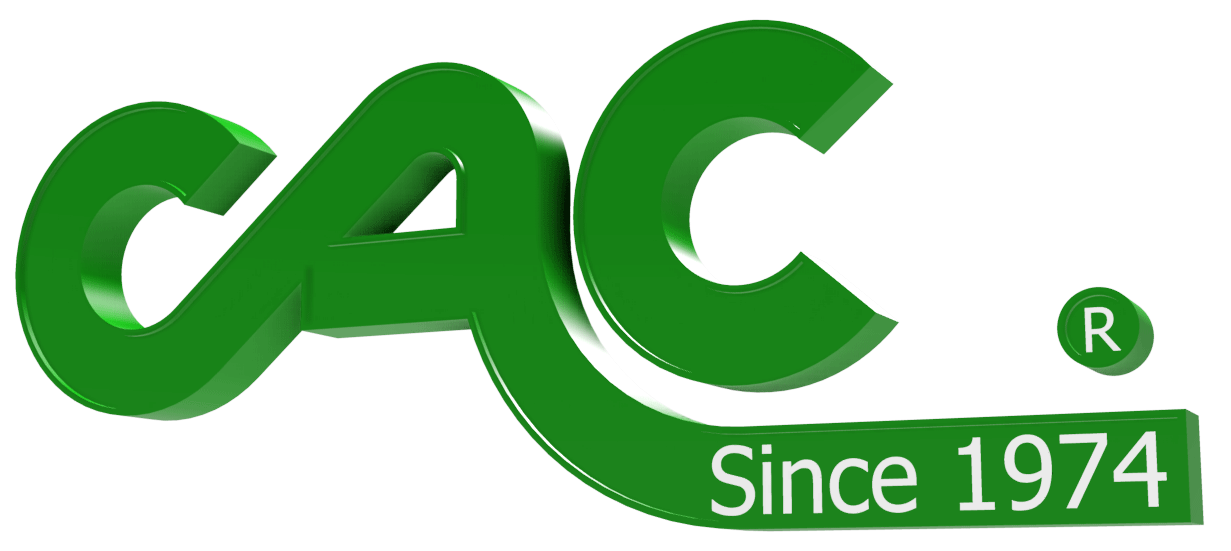 (800) 433-2413
(800) 433-2413
(610) 863-6008
Complete Product Line
Items in Stock
Order Repair/Spare Parts
Product Videos
Product Tour
Product Installation & Instructions
Find your air shaft parts
Download literature
Product Instructions
White Papers
Technical online slideshows
Weekly tech tip
Tech Tip Archives
CAC Webinars
Spec Sheets
Find Solutions
Materials
Industries Served
Technical Calculators
Glossary of Converting Terms
Order repair/spare parts
Find your air shaft parts
Sign up for your informative emails
Sales Engineers & offices
Request a Quote
Factory assistance program
International Customers
Pay with eCheck
Contact Us
Sales reps & offices
We want your feedback
Employment application
Request a Quote
Phone (800) 433-2413 (USA only)
Phone (610) 863-6008
Click here to chat with us
Insta-Quote (Generate your own quote)
Your Profile
Log in Update Your Profile View Your Quotes View Your Orders View Your CartProducts
Complete Product Line Items in Stock Product Videos Product Specifications Product Tour Product Installation & Instructions Find your air shaft partsOnline Ordering
Items in Stock Order Products Online Order Repair/Spare PartsResources
Download literature Product Instructions White Papers Technical online slideshows Weekly tech tip Tech Tip Archives CAC Webinars Spec Sheets Find Solutions Materials Industries Served Technical Calculators Glossary of Converting Terms Click here to chat with usCustomer Service
Order repair/spare parts Find Your Airshaft Parts Sign up for your informative emails Sales Engineers & offices Click Here for Product Repairs Request a Quote Factory assistance program International Customers Pay with eCheckContact
Contact Us Sales reps & offices We want your feedback Employment application Request a Quote Register Here Phone (800) 433-2413 (USA only) Phone (610) 863-6008 Click here to chat with us Insta-Quote (Generate your own quote)News
News Product Announcement News Releases & Technical Articles Mark Your CalendarAbout Us
What is Converting What is Web Handling Glossary Celebrating our Anniversary Our History Thank You Privacy PolicyInternational
Spanish (Español) Portuguese (Português) French (Français) German (Deutsche) Chinese (中文 Zhōngwén) English (English) View Our Full Sitemap
News

 Please wait
Please wait




